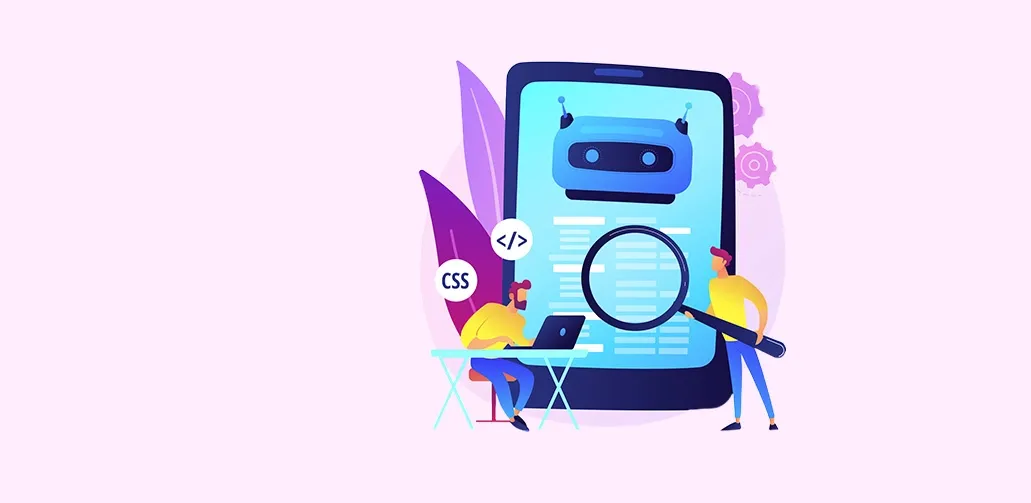
Did you know that one in every three corporate result reports that you read on Bloomberg News is generated by its Cyborg automation programme? Or that The Washington Post has an award-winning in-house robot reporter, Heliograph, that has been generating eloquently written articles on everything from college games to local politics?
The use of artificial intelligence or AI by newspapers is only one of the many examples of the way AI is impacting communications today. We have all experienced how every business — from online shopping sites to banks to travel agencies — is using AI-powered chat-bots to communicate with its consumers. So, chat-bots are initiating conversations with prospective buyers, registering service requests from consumers and attending to complaints. They're available 24/7 to respond to consumer requests in an instant, ensuring faster and easier communication.
On the other hand, companies are also using AI for marketing communications. For instance, hedge funds are not just using AI-generated algorithms for equity trading but also to communicate fresh facts to their customers in a bid to win over their business. Even Unilever has used its interactive 'Monkey' chatbot to increase brand awareness of its PG Tips tea — the chatbot is based on the brand's mascot. And in future, AI-driven software programmes may even help people to improve their communication skills.
The goal of any communication is to disseminate information and influence the audience in some way. And there's no denying that technology is impacting the way we communicate today. Take a look at how social media has created a whole new breed of influencers or how WhatsApp is spurring a decline in phone calls and growth in messaging — WhatsApp messaging volumes have risen from one billion a day in 2011 to over 65 billion in 2018 — for instance.
Similarly, AI, which is based on machine learning, natural language processing, speech to text and predictive analytics capabilities, is playing a role in communications today. That's not to say that AI-driven programmes and chat-bots can replace human communication or that the sci-fi fantasy of computers gaining autonomy and overpowering humans is about to come true. On the contrary, AI has to be harnessed with human intelligence to be effective.
A piece in The New York Times points out, "AI journalism is not as simple as a shiny robot banging out copy". Rather, a lot of work goes into it with writers and editors crafting several versions — or templates — of a story based on different outcomes. Once the data — for a weather event or quarterly earnings report — comes in, the programme then uses it to generate an article. At Bloomberg, journalists are going a step further and even trying to teach Cyborg to detect any spin that a company may put on its earnings numbers.
Undoubtedly, the increasing availability of AI devices and tools — there are some 700 conversational AI technologies in the market today — is aiding the adoption of the technology as a vital tool for effective communications. For instance, some companies are using the data generated by AI to see which customers are engaging with their communications. Others are using AI to moderate comments on their websites like The Washington Post does with its ModBot technology.
Even chatbots can help supplement human communications. For instance, companies are looking at adding chatbots on conference calls so that they can help by supplying a fact or data point, if needed.
Not everyone is comfortable talking to a computer — and computers can't entirely decode the message that humans wish to communicate yet. But the technology is advancing rapidly. For instance, Alex Pentland, a professor of media arts and sciences at the Massachusetts Institute of Technology and author of Honest Signals, has developed cellphone-like badges that listen to and record people as they chat.
The badges are powered with infrared sensors that can detect when people face each other, accelerometers that can record gestures, and also audio signal-processing sensors to capture the tone of the voice. He has got users in banks, universities and other places to wear these devices for long periods to collect data on social interactions. A software programme then analyses the tone and other qualities of the conversation — like how often a person interrupts a speaker or even nods during a conversation — to study the communication signals beneath the words. In future, users could use the tools that Pentland has developed to improve or change the way they communicate.
Leading AI thinker and well-known futurist Ray Kurzvweil expects computers to have human-level intelligence by 2029 — and for AI-devices to emerge as "brain extenders". He believes the next big leap will come from what he calls "hybrid thinking" or the interplay between human and cyber intelligence. Clearly, it's an interplay that is already beginning to change the way we communicate today.





